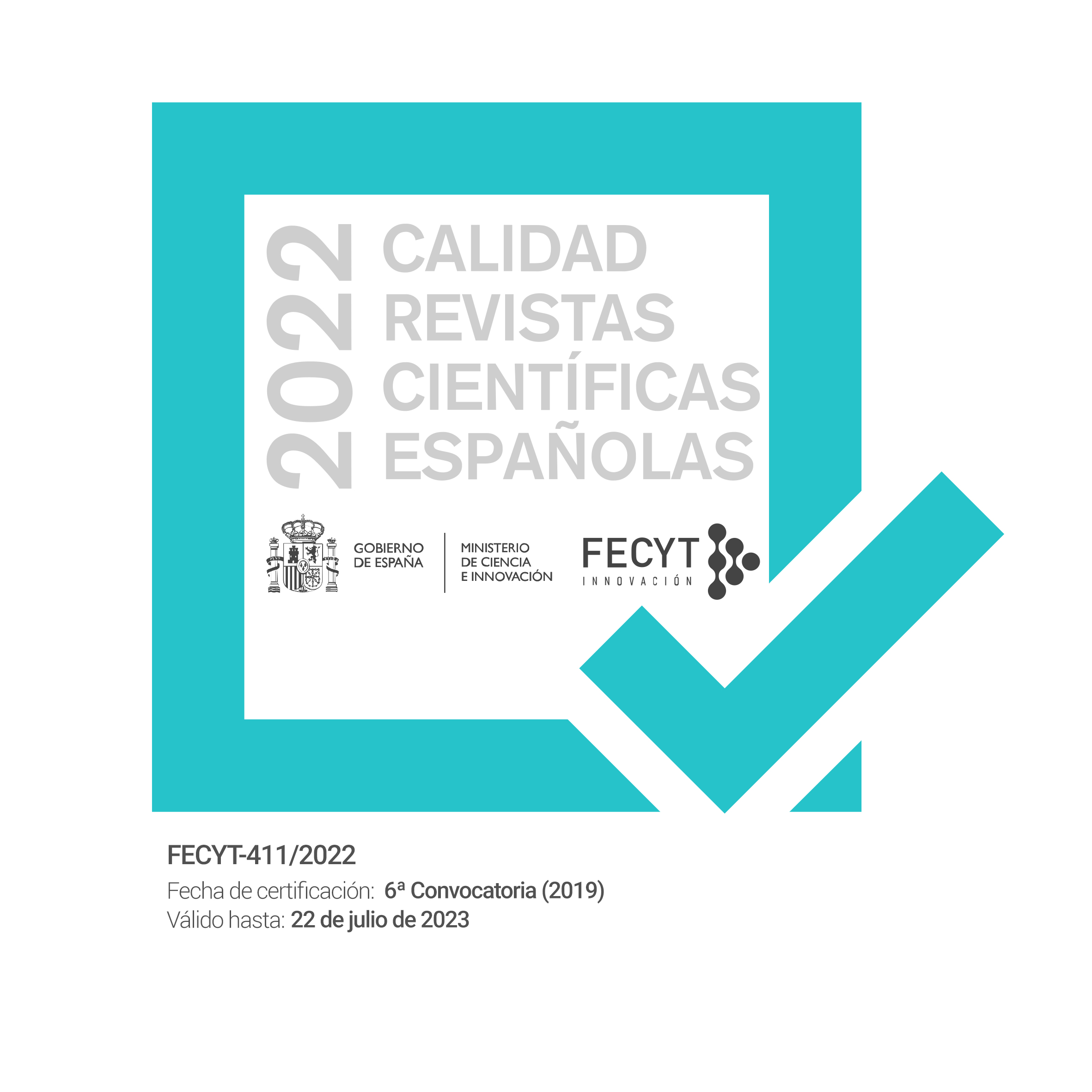Remembering the Völkerschlacht (Battle of the Nations) 1813 and its monument from 1913 in the 21th century. The Leipzig commemoration activities in 2013
DOI:
https://doi.org/10.53351/ruhm.v2i4.51Palabras clave:
Batalla de las Naciones, Völkerschlachtdenkmal, cultura conmemorativa, reconstrucción, teatroResumen
Title: Remembering the Völkerschlacht (Battle of the Nations) 1813 and its monument from 1913 in the 21th century. The Leipzig commemoration activities in 2013.
Título: Recordando la Völkerschlacht (Batalla de las Naciones) de 1813 y su monumento de 1913 en el siglo XXI. Las actividades de la conmemoración de 2013 en Leipzig.
[EN] Abstract: In this article I want to analyze and discuss the approaches in the 2013-commemoration of theBattleof the Nations inLeipzigtaken by official political sides and civil society. With the perspective of a theater scientist I analyze which esthetic and discursive strategies are used to shape the discourse over this historical event in October 1813 and the 1913 erected monument, the biggest landmark in theLeipzigregion. The main focus is the official act of remembrance, the re-enactments of soldiers and civilians and the theater projects by independent groups which probably offer alternative views to the official remembrance discourse.
Keywords: Battle of Nations, Völkerschlachtdenkmal, remembrance culture, re-enactment, theater
[ES] Resumen: Mi objetivo en este artículo es analizar y discutir los enfoques de la conmemoración dela Batallade las Naciones llevados a cabo por las autoridades y la sociedad civil de Leipzig a lo largo del año 2013. Con la perspectiva de un científico del teatro analizo el tipo de estrategias discursivas y estéticas utilizadas para conformar el discurso sobre este acontecimiento histórico acontecido en 1813 y su monumento de 1913, el punto de referencia más importante de la región de Leipzig. El principal foco de interés se centra en el acto conmemorativo oficial, las reconstrucciones llevadas a cabo por soldados y civiles y los proyectos teatrales escenificados por grupos independientes que, probablemente, ofrecen visiones alternativas frente al discurso conmemorativo oficial.
Palabras clave: Batalla de las Naciones, Völkerschlachtdenkmal, cultura conmemorativa, reconstrucción, teatro.
Descargas
Citas
ARNS, Inke:“Strategies of Re-enactment”. In: I. Arns, G. Horn and KW INSTITUTE FOR CONTEMPORARY ART (eds.): History will repeat itself. Strategies of re-enactment in contemporary (media) art and performance, Frankfurt am Main, Revolver – Archiv für aktuelle Kunst.
BARTSCH, Michael: “Leipziger Schlachtfestspiele”, taz-die tageszeitung, 17-10-2013.
CANETTI, Elias (1980): Masse und Macht, Frankfurt am Main: Fischer, p. 190
FOUCAULT, Michel (1991): Die Ordnung des Diskurses, Frankfurt am Main, Fischer, p. 25.
HUTTER, Peter (1990): "Die feinste Barbarei". Das Völkerschlachtdenkmal bei Leipzig. Mainz am Rhein, Philipp von Zabern.
LEHMANN, Hans-Thies (1999): Postdramatisches Theater, Frankfurt, Verlag der Autoren SCHLINGENSIEF, Christoph and HEGEMANN, Carl: Chance 2000. Wähle Dich selbst, Köln: Kiepenheuer & Witsch, 1998.
LOEST, Erich: “Vom Totenmal zum europäischen Friedensmal” In: K. Keller and H-D. Schmid (eds.): Vom Kult zur Kulisse. Das Völkerschlachtdenkmal als Gegenstand der Geschichtskultur. Leipzig, Leipziger Universitätsverlag, 1995.
LOEST, Erich (1984): Völkerschlachtdenkmal, Hamburg, Hoffmann und Campe, 1984
POSER, Steffen: “Zur Rezeptionsgeschichte des Völkerschlachtdenkmals zwischen 1914 und 1989”. In: K. Keller and H-D. Schmid (eds.):
SARASIN, Philipp (2003): Geschichtswissenschaft und Diskursanalyse, Frankfurt am Main, Suhrkamp.
SARASIN, Philipp: “Wie weiter mit Michel Foucault”. En: HAMBURGER INSTITUT FÜR SOZIALFORSCHUNG (ed.): Wie weiter mit…? Wie weiter mit Hannah Arendt? /Wie weiter mit Niklas Luhmann? /Wie weiter mit Michael Foucault? /Wie weiter mit Karl Marx? /Wie weiter mit Max Weber? /Wie weiter mit Sigmund Freud? Wie weiter mit Èmile Durkheim? /Wie weiter mit Theodor W. Adorno?, Vol.4, 8 vols, Hamburg, Verlag Hamburger Edition, 2008
.
SCHLEHE, Judith and HOCHBRUCK, Wolfgang: “Introduction: ‘Staging the Past’”. In: J. Schlehe, M. Uike-Bormann, C. Oesterle and W. Hochbruck (eds.): Staging the Past. Themed Environments in Transcultural Perspectives, Bielefeld: transcript, 2010, pp. 7- 22 and p. 14
Robert Schiller, 14th may 2013, interview by the author, Leipzig.
WHITE, Hayden (1973): Metahistory: The Historical Imagination in 19th-century Europe, Baltimore, John Hopkins University Press
Referencias web:
http://www.leipzig.de/de/buerger/satzungen/4_11.PDF. Last time consulted on 04-12-2013.
http://www.voelkerschlachtdenkmal.de. Last time consulted on 04-12-2013.
http://natobadewanne.wordpress.com/. Last time consulted on 04-12-2013.
http://commons.wikimedia.org/wiki/File:V%C3%B6lkerschlachtdenkmal_Leipzig,_Anti-Nazi-Plakat_2.JPG. Last time consulted on 04-12-2013.
http://www.voelkerschlacht-jubilaeum.de/ Last time consulted on 04-12-2013.
http://www.voelkerschlachten.net/konzept/das-millennium-front-theater-jahrtausendfeld/ Last time consulted on 04-12-2013.
http://www.maja-chrenko.de/voelkerschlacht-2013.html. Last time consulted on 04-12-2013.
http://www.nato-leipzig.de/live_aktuell.php?itemid=51598&bravo=bra51c9b2c053dc3. Last time consulted on 04-12-2013.
http://fireworksandsmokebombs.de/ Last time consulted on 04-12-2013.
Descargas
Publicado
Cómo citar
Número
Sección
Licencia
Derechos de autor 2017 Revista Universitaria de Historia Militar

Esta obra está bajo una licencia internacional Creative Commons Atribución-NoComercial-SinDerivadas 4.0.
Licencia Creative Commons Atribución-NoComercial-SinDerivar 4.0 Internacional
Esto es un resumen legible (y no un sustitutivo) de la licencia.
Usted es libre para:
Bajo los siguientes términos:
-
Atribución — Usted debe darle crédito a esta obra de manera adecuada, proporcionando un enlace a la licencia, e indicando si se han realizado cambios. Puede hacerlo en cualquier forma razonable, pero no de forma tal que sugiera que usted o su uso tienen el apoyo del licenciante.
-
NoComercial — Usted no puede hacer uso del material con fines comerciales.
-
Sin Derivar — Si usted mezcla, transforma o crea nuevo material a partir de esta obra, usted no podrá distribuir el material modificado.
No hay restricciones adicionales — Usted no puede aplicar términos legales ni medidas tecnológicas que restrinjan legalmente a otros hacer cualquier uso permitido por la licencia.








